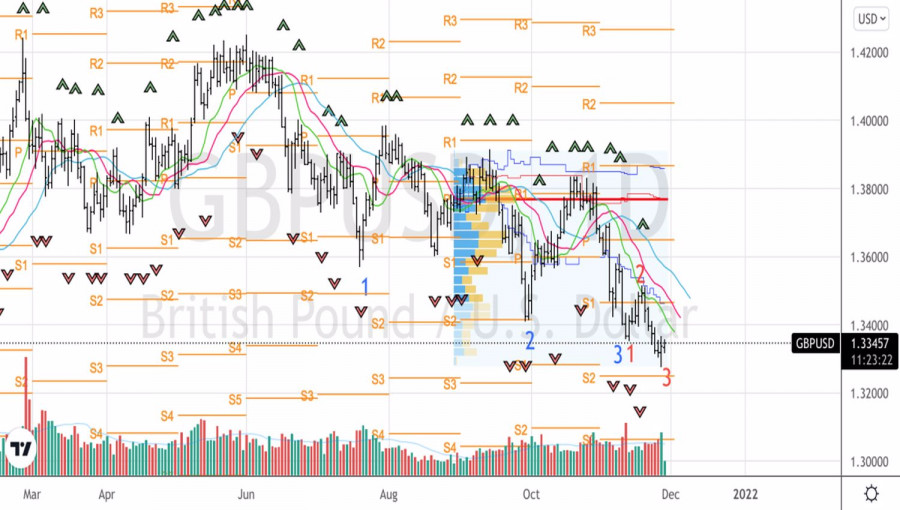Everybody has a plan until they get punched in the face. Michael Tyson's famous phrase is now more suitable than ever for central banks, which have begun to normalize monetary policy and are preparing to raise rates. The new COVID-19 variant [Omicron] from South Africa was a blow to the face that could change the existing plan. Potential lockdowns are fraught with a slowdown in the economy, delaying its recovery and forcing regulators to sit on the sidelines. Or even resort to another batch of monetary stimulus. The Bank of England is no exception.
Talking about rate hikes does not always lead to the strengthening of the national currency. You can just pick the wrong time. The Omicron variant has become a real scourge for the New Zealand, Canadian and American dollars. Their issuing central banks have repeatedly hinted at the continuation of the cycle of monetary policy normalization, and the derivatives markets have included three acts of monetary restriction in the quotes of their instruments in each case. The return of the pandemic forced these plans to adjust. If earlier investors were confident in the growth of the repo rate from 0.1% to 0.25% in December, now the probability of such an outcome has dropped to 60%.
Dynamics of expectations of changes in the REPO rate in December

Bank of England Chief Economist Huw Pill hinted that he is ready to soon join the two "hawks" of the MPC, who voted to increase borrowing costs, but the new strain of COVID-19 could radically change everything. The Pill argues that the UK economic recovery is well established, the completion of government jobs programs has not led to a surge in unemployment, and the BoE needs to raise its repo rate to shut off the oxygen of high inflation.
However, a pandemic is capable of turning everything upside down. And who else but the UK knows about this? The country has the highest deaths from coronavirus in Europe, and its economy has faced the most severe recession among the G7 states and has not yet returned to the trend.
Investors are increasingly convinced that monetary policy adjustments will only be made if UK GDP continues to move in line with BoE forecasts. However, everyone has a plan until they get punched in the face.
UK GDP dynamics

Thus, Omicron was a serious shock for the sterling. Its success, paired with the equally wounded return of COVID-19 in the US dollar, is driven by the soaring euro, which has pulled other Eurozone currencies along with it.
If the panic around the new strain subsides, the pound could strengthen against the euro thanks to the divergence in the monetary policy of the Bank of England and the ECB, as well as show its teeth to the US dollar. Otherwise, you need to prepare for further GBPJPY sales and EURGBP growth.
Technically, a combination of Three Indians and Anti-Turtles reversal patterns can still play out. Traders should look to buy GBPUSD on the breakout of resistance at 1.335 in the direction of 1.342 and 1.3465. A stop order is placed at 1.328, if activated, a re-entry into the long is possible.
GBPUSD, Daily chart

